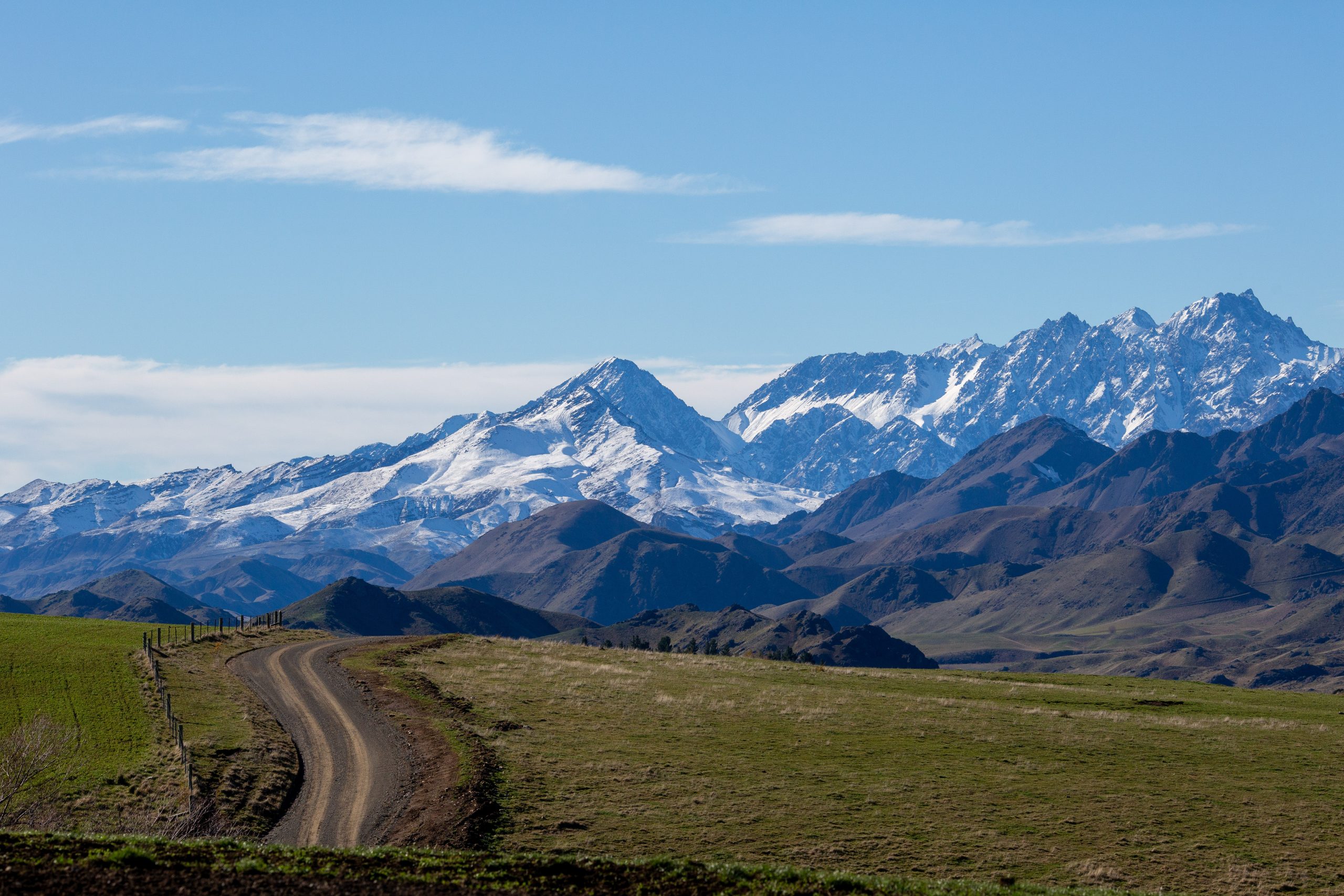Anne Hardie
Flipping soils on the West Coast not only preserves buried carbon, but also increases it in the exposed new topsoil, which raises possibilities that the practice may help to offset carbon dioxide emissions in the future.
Dr Mike Beare is part of a team of researchers who evaluated flipped soils as part of the Government’s greenhouse gas research programme and aims to quantify changes in the storage and stability of soil organic carbon (SOC) over a 20-year period.
About 2000 hectares has been flipped on the West Coast in the past three decades to break up the iron pan layer that restricts drainage. Diggers turn over 1-3 metres of soil, bringing up SOC-depleted subsoil to create a ‘new’ topsoil on the surface.
Exposing this new topsoil to high inputs of plant-fixed carbon allows for SOC sequestration – taking the carbon from the atmosphere and holding it in the soil.
‘There is a value in knowing that there are some environmental and production benefits associated with increasing SOC (soil organic carbon).’
The research compared flipped land at differing ages with unflipped land and found the SOC stocks increased by an average of 70% by slowing the decomposition of the buried SOC (the old topsoil) and storing more of the plant-fixed carbon in the new topsoil over many years.
“The rate of carbon accumulation in the new topsoil is remarkably high,” Beare says. The rapid accumulation of SOC may be linked to the high iron content of these soils, he says, which plays a role in binding soil organic matter to mineral particles. Combined with the SOC that remains from the original buried topsoil, the net accumulation of SOC is very significant, he says.
So far, there is no universally-accepted procedure to account for the carbon stored in soils to help offset carbon dioxide (CO2) emission, but Beare says there are proposals, discussions and a lot of interest in trying to account for soil carbon changes on farm and in all greenhouse gas inventories.
“However, for farmers and others, there is a value in knowing that there are some environmental and production benefits associated with increasing SOC. Acknowledging those environmental benefits could be very helpful.”
More land on the West Coast has been dug over in a practice called humping and hollowing which digs out hollows and places that soil on top of formed ridges to drain water into the hollows. While the effects of humping and hollowing on SOC storage have not been determined, he says it is possible the practice also helps to store more SOC in high-production pastures.
Flipping soils is mostly limited to the West Coast with its high rainfall and pakihi soils that can be transformed to productive farmland, but he says another research programme is looking at full inversion tillage, where soil is ploughed to a depth of 30-40cm as part of pasture renewal. That research will establish whether a one-time use of full inversion tillage for pasture renewal can result in an accumulation of SOC over many years.
Other research is examining different mitigation practices that could help store carbon in the soil. Beare says soils are the largest terrestrial carbon reservoirs – more carbon is stored in soils than in the biosphere and atmosphere together. Globally, sequestration of SOC has been projected to have the potential to offset CO2 emissions by between 5% and 15% and Beare says realising this potential will be important for reaching the international target of limiting the global mean temperature increase to well below 2C.




